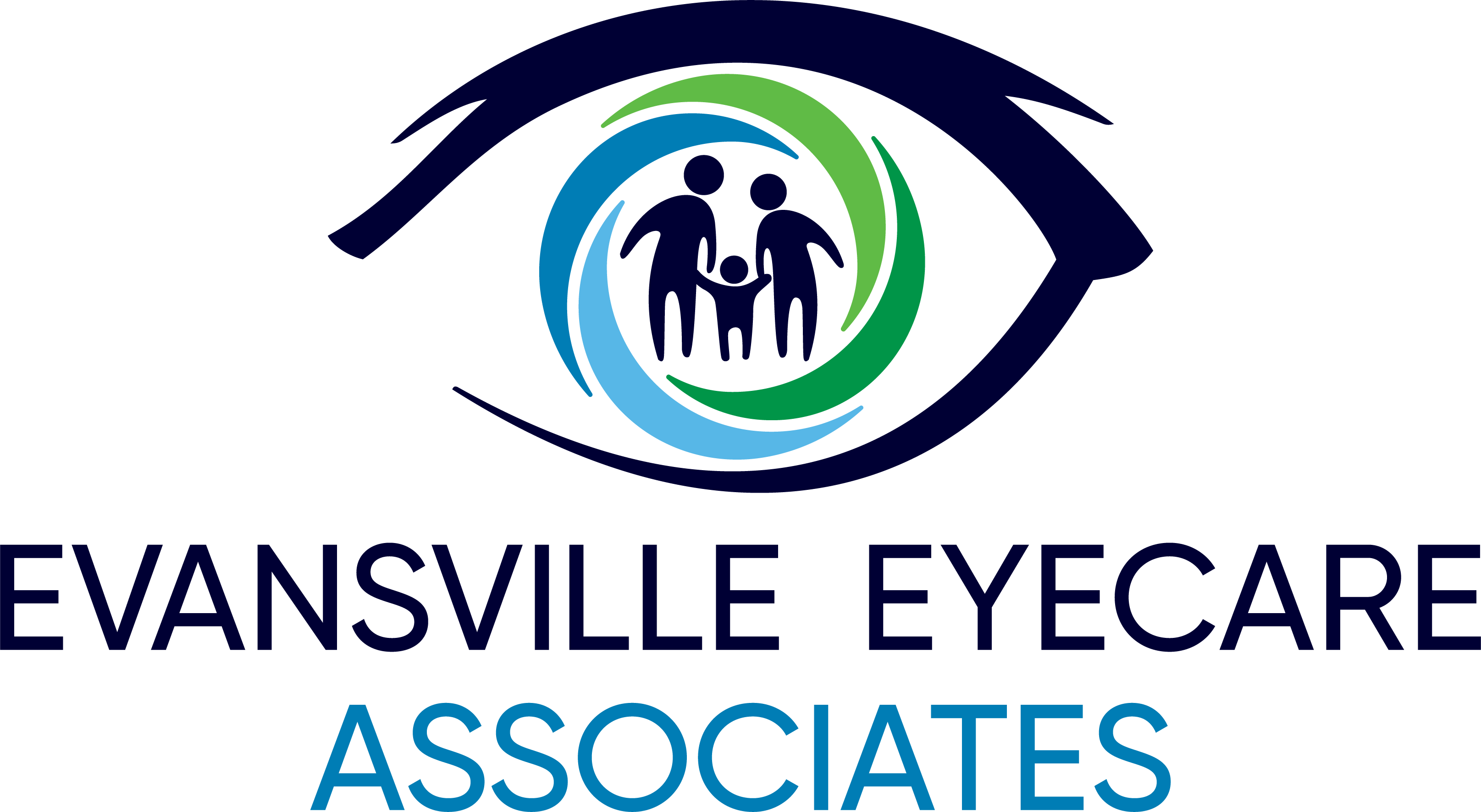What is Dry Eye Syndrome?
Dry Eye Syndrome is a chronic eye condition that can cause one or more of the following eye symptoms:
- Burning
- Stinging
- Intermittent blurred vision
- Scratching/feeling like there is something in your eye
What causes Dye Eye?
Dry Eye can be caused by a number of different things, including:
- Prescription and over-the-counter medications
- Eyelid disorders/diseases
- Poor blinking (especially when reading, sewing, or at the computer)
- Chronic health conditions (such as Rheumatoid Arthritis)
- Dry eye syndrome is most common in the peri- and post-menopausal women population.
How can Dry Eye be treated?
There are several approaches to treating Dry Eye that your Optometrist may use:
- Preserved tears can be used up to four times a day
- Theratears, Optive, Systane, and Refresh are all very good tears
- If a tear is in a bottle, then it has a preservative
- Packaged in throwaway vials and can be used as many times a day as you like
- Theratears and Systane are best for mild to moderate dryness.
- Theratears gel and Celluvisc are best for moderate to severe and nighttime.
- The gel formgel lasts longer and may slightly blur vision for a few minutes
- Must throw away the vials by 12 hours after opening.
- Certain medications will decrease the amount of tears flowing into the eye.
- Some common culprits are antihistamines, (allergy medications) antidepressants, diuretics, (water pills) and hormones
- BioTears 2 to 4 a day
- Flax or Fish Oil 2 grams per day
- Increase drinking water 6 to 8 glasses per day
- Maintain adequate humidity in house/bedroom
- Avoid ceiling fans when sleeping and avoid other fans directly blowing in your face
- Limit caffeine intake
- Use sunglasses in dry or windy conditions
- Position computer monitor below eye level
- Avoid smoking and second hand smoke
- Blocks the drainage of tears from the eye to keep the tears in the eye longer
- Simple inoffice procedure that takes 10 minutes
- Very safe and effective
- Meibomian glands are the oil glands that help lubricate the eye.
- Hot compresses heats the oils in the glands to allow it to flow better
- Doxycyclinehelps the oils flow better out of the glands
- Increases tear production in the lacrimal gland that produces tears for the eye
- Twice a day every day, and if discontinued, it stops working
Dry eye syndrome is a condition in which there are insufficient tears to lubricate and nourish the eye. Tears are necessary for maintaining the health of the front surface of the eye and for providing clear vision. People with dry eye do not produce enough tears or have a poor quality of tears. Dry eye syndrome is a common and often chronic problem, particularly in older adults. With each blink of the eyelids, tears are spread across the front surface of the eye known as the cornea.
Tears provide lubrication, reduce the risk of eye infection, wash away foreign matter in the eye, and keep the surface of the eye smooth and clear. Excess tears in the eyes flow into small drainage ducts in the inner corners of the eyelids, which drain in the back of the nose. Dry eyes can result from an improper balance of tear production and drainage.
People with dry eye syndrome may experience symptoms of irritated, scratchy, gritty or burning eyes, a feeling of something in their eyes, excess watering, or blurred vision. Advanced dry eyes may even damage the front surface of the eye and impair vision. The development of dry eyes may have many causes including age, gender, medications, medical conditions, environmental conditions, and more.
Dry eyes can be a chronic condition, but your eye doctor can prescribe treatment to keep your eyes healthy, more comfortable, and prevent your vision from being affected. Specific treatments aim to restore or maintain the normal amount of tears in the eye to minimize dryness or related discomfort and to maintain eye health. For more information, schedule a visit with your eye doctor.






Follow Us!